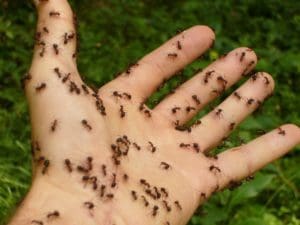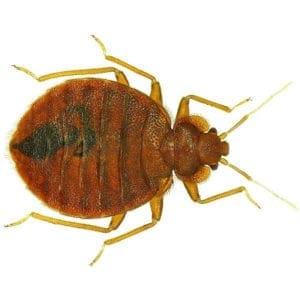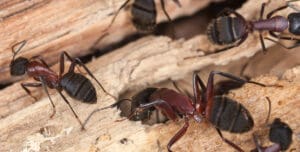
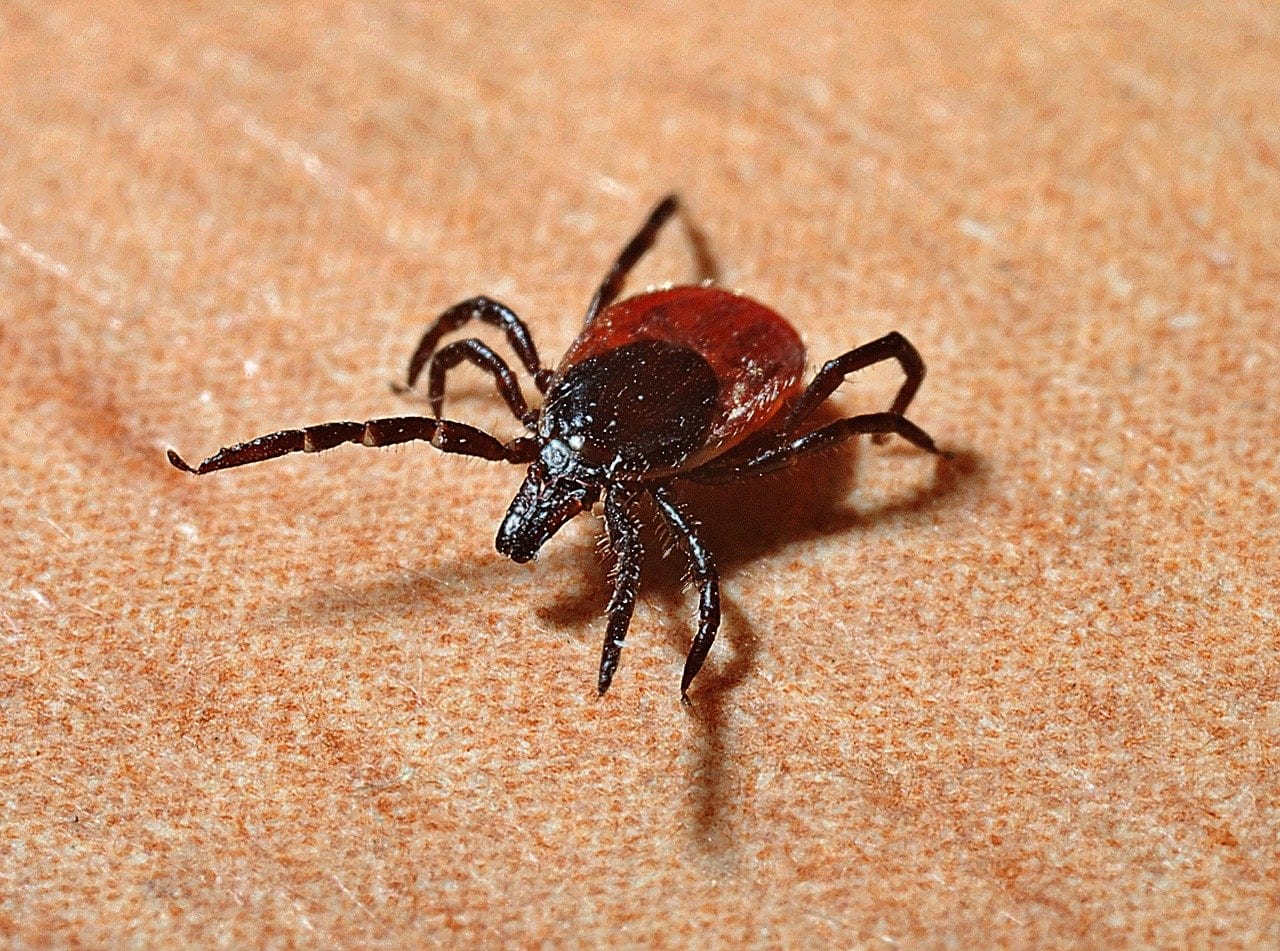
Everything You Should Know About Bergen County Tick Control
Discover effective strategies for tick control in Bergen County, NJ with our comprehensive guide. Ticks pose significant health risks to both humans and pets, making proactive management essential. For top-notch Bergen County tick control, consider integrating services from local experts who understand the unique challenges of the area. From practical yard modifications to advanced pest control techniques, learn how to safeguard your family and pets against tick-borne illnesses. Stay informed and protect your property with expert tips tailored to Bergen County’s local conditions.
Understanding Bergen County Tick Control
There are several common ticks in New Jersey which pose health risks to humans and pets. The blacklegged tick, also known as the deer tick, is prevalent. It thrives in wooded areas, tall grasses, and leaf litter, where it feeds on mammals, birds, and sometimes reptiles. Blacklegged ticks are notorious for transmitting Lyme disease, babesiosis, and anaplasmosis to humans, with symptoms ranging from fever and joint pain to more severe neurological complications if untreated.
Another significant species is the American Dog tick, often found in grassy fields, along trails, and in urban areas with brush. They primarily feed from medium to large mammals, including dogs, and can transmit Rocky Mountain spotted fever and tularemia to humans, causing fever, rash, and in severe cases, organ damage.
Lastly, the Lone Star tick inhabits dense forests and brushy areas, feeding on a variety of hosts, from deer and birds to humans and pets. This species can transmit diseases like ehrlichiosis and Southern tick-associated rash illness (STARI), causing symptoms ranging from rash and fatigue to more serious complications.
Identifying Signs of Tick Infestation in Bergen County
Tick season in New Jersey spans from late spring until the fall, with the worst months being May, June and July. Recognizing signs of tick infestations in your yard and on your pets is essential for effective tick control and preventing diseases they may transmit. In your yard, signs include seeing ticks crawling on grass blades, bushes, or climbing up exterior walls. Ticks prefer areas with tall grass, leaf litter, and dense vegetation, so it is important to regularly inspect such places, especially around the edges of lawns and wooded areas.
On pets, signs of tick infestation include visible ticks attached to their skin under their fur, particularly around the ears, neck, and between toes. Pets may exhibit excessive scratching or grooming in response to tick bites. Checking pets after outdoor activities and during grooming sessions is crucial for early detection.
Preventive Measures for Tick Control
Preventing ticks from entering your yard involves proactive measures that focus on modifying landscaping and conducting regular inspections. Start by creating a barrier between wooded areas and your yard; this can be achieved by maintaining a three-foot wide strip of gravel or wood chips. These barriers discourage ticks from migrating into your outdoor space. Landscaping modifications such as keeping grass mowed short and trimming shrubs and bushes regularly helps to reduce tick habitats. Practices like removing leaf litter, keeping firewood neatly stacked, and maintaining a tidy yard minimize hiding spots for ticks. Regular yard inspections are vital; check commonly frequented areas such as around the perimeter of the yard, near fences, and along pathways.
Always check yourselves, children, and pets after outdoor activities. It is important to know how to check kids and pets for ticks in order to promptly locate and remove any that have attached and minimize tick-borne illnesses. If you find an attached tick, use fine-tipped tweezers to grasp it as close to the skin as possible. Gently pull straight outward, avoiding twisting or jerking motions. Clean the bite area with antiseptic or soap and warm water and monitor for any signs of infection or illness.
Do It Yourself Tick Control Methods
Do it yourself tick control methods are a cost-effective way to control ticks in the yard. If you're wondering how to control ticks in your yard, one effective method is using tick tubes. These are small tubes filled with cotton that has been treated with permethrin, which mice collect to build their nests. The treated cotton kills ticks that feed on mice, disrupting the tick life cycle. Place tick tubes in strategic locations around your yard, such as near woodpiles, along fences, and near vegetation edges.
Creating tick-safe zones within your yard involves landscaping practices that discourage ticks. This includes maintaining a border of gravel or wood chips between wooded areas and your lawn to create a barrier that ticks find difficult to cross. Additionally, designate play areas and frequently used outdoor spaces away from tall grass and dense vegetation. Consider planting tick-repellent plants around designated recreation areas. Regularly mow your lawn, trim bushes and shrubs, and remove leaf litter to reduce tick habitat.
Natural Tick Control Solutions
Natural solutions for controlling ticks offer eco-friendly alternatives that effectively manage tick populations while minimizing environmental impact. One approach involves introducing tick predators such as chickens. Chickens control ticks and can significantly reduce tick populations in yards by feeding on them in grassy and wooded areas. Creating habitat modifications that attract natural tick predators like birds and reptiles can also help control populations. For example, providing birdhouses or brush piles attracts birds that feed on ticks.
Botanical repellents provide another natural method. Essential oils from plants like eucalyptus, cedar, and lavender have repellent properties against ticks. These can be applied to clothing or diluted for use on pets (use this method carefully, as some oils may be toxic to pets in concentrated form). Diatomaceous earth, a natural sedimentary rock powder, can be spread in areas where ticks are prevalent. It works by dehydrating and damaging the exoskeletons of ticks and other insects, effectively reducing their population.
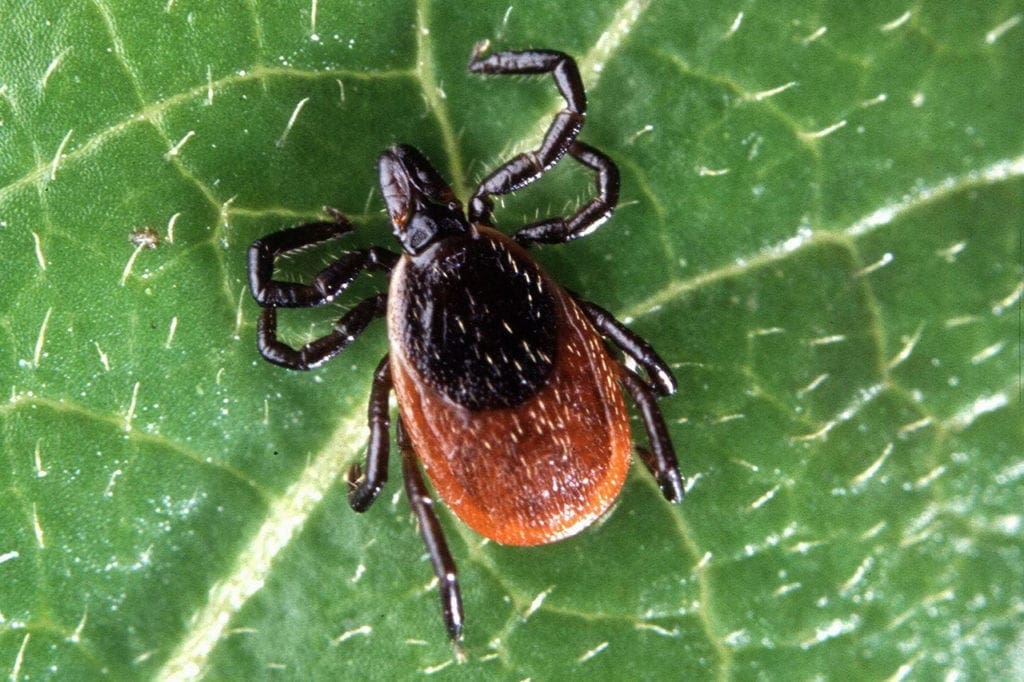
How To Control Ticks on Dogs
Knowing how to control ticks on dogs ensures their health and well-being. First, regular grooming is essential. Routinely comb through your dog's fur with a fine-toothed comb, especially after walks or time spent outdoors, to detect and remove ticks promptly. Prompt tick removal is key to reducing the risk of disease transmission.
The use of tick prevention products is highly recommended. Consult with your veterinarian to choose a suitable product such as topical treatments, collars, or oral medications that effectively repel and/or kill ticks. Follow the manufacturer's instructions carefully for proper application and frequency. Protecting your pets from ticks is vital as ticks can transmit serious diseases such as Lyme disease and Rocky Mountain spotted fever. Regularly inspecting and promptly addressing ticks on your pets not only ensures their comfort but also contributes to their overall health and longevity.
Effective tick control is critical for both residential and commercial properties in Bergen County. Understanding the facts about ticks and implementing proactive measures can mitigate health risks and promote a safer outdoor environment. For those seeking reliable Bergen County tick control, Twin-Boro offers specialized services tailored to the local area. Whether you need residential pest control solutions or comprehensive commercial pest control, Twin-Boro’s expert team is here to help. Contact us today to ask how we can protect your property from ticks and other pests.




